Gingko Audio Mini-ARCH
- Single layer
- A single layer of Mini-ARCHs didn’t offer much improvement for the TToby. Outlines were still fuzzy and sonic energy tamed.
- Imaging is subpar.
- Double Layer
- Now we’re talking. Much more clarity, control, and speed.
- Brings it closer to the Symposium – with coarser details.
- Very smooth and liquid sound.
- vs SR (2 x MiG 2.0 down rear, MiG 1.0 up front)
- The SR is much more
- Overall energy and vividness across the entire spectrum
- layering
- ambient cues
- ARCHs aren’t as elevated but smoother and more collected. Voices have more humanistic warmth to them. Overall it preserves a naturalistic quality. It can’t touch the SR as far as resolution and insight.’
- The SR is much more
- vs Symposium
- The Symposium reaches further into the room while the Mini-ARCHs keeps it more intimate.
- Once again, the ARCHs have a very naturalistic quality to them but doesn’t shine in the clarity department. It may actually provide enough for most ears.
- The Mini-ARCHs are warmer while the Symposium offers up more resolution and dimension.
They are not the prettiest or most resolving of isolation products but the Mini-ARCHs are so flexible, I keep them around to isolate smaller devices. It doesn’t try to alter the tonal quality of the components as much as the other isolators. There’s also more bloom and softness to the outlines.
If you value the preservation of tone but don’t mind a loss in resolution and air, the Mini-ARCHs would be a great fit.
Bag of Chips & California Pistachios
- Much better soundstage focus
- Much quieter
- More treble edge and sharpness
- More detailed
After all this testing, I was wondering what it would sound like to throw some random shit under the amplifier.
Aside from, at times, unbearable sharpness, especially with busy rock tracks, the bags of chips and pistachios do offer up quite a bit of the sonic technicals. Including better soundstage, clarity, speed, and dynamics. The largest change was tone. It was much brighter – leaving little warmth left. Taking one of the bags out and the warmth comes back.
Maybe I’m onto something…maybe not. lol.
How about stacking different isolation products?
So I tried some random stacking of the various components. Long story short, you seem to hear more of the qualities of the last isolator used.
So if I were to use the ARCHs + MiGs, the sonic signature of the MiGs takes precedence. Does it sound better? It was pretty hit or miss. It doesn’t exactly mesh the best of both worlds so experimentation is required.
Final Thoughts
Obviously, there aren’t enough data points from this non-scientific experiment to draw any strong conclusions. Nevertheless, these were my overall thoughts on isolation based only on listening:
- Sometimes no isolation is better – but in most cases, it helps lower the noise floor and brings the image into focus.
- Even if you have a “perfect isolator,” if the component wasn’t voiced or measured by the designer with this level of isolation – the sound you get will be unpredictable.
- You should never buy isolation devices without a home trial. There’s no way to predict how a certain product will sound without trying it out first.
- There seems to be some correlation of materials used.
- Wood, foam, and rubber isolation devices tend to adjust for more warmth while metallic isolators tend to elevate tone.
- For whatever reason, the bag of chips elevated the tone quite a bit. I guess that’s the sound of junk food isolation.
- It’ll take a ton of trial-and-error, but you could probably DIY your own solution with decent results. Even a bag of chips was able to bring further soundstage focus and clarity.
The recurring benefit of isolation seems to be better layering and imaging. Dynamic projections and transient speed are also adjusted – mostly for the better.
All of this is most likely component-dependent (although those Synergistic Research MiGs do make me wonder). Even if a company claims “absolute isolation” via measurements and charts – you still don’t know how it’ll affect your equipment.
So the thing about mechanical vibration is – you don’t know how it sounds until you try it. It may actually be worse. You just have to accumulate as many demos as you could. And hear it in your own listening room. Even if the vendors recommend a certain number of pieces and how those pieces are to be arranged, I would encourage you to experiment on your own.


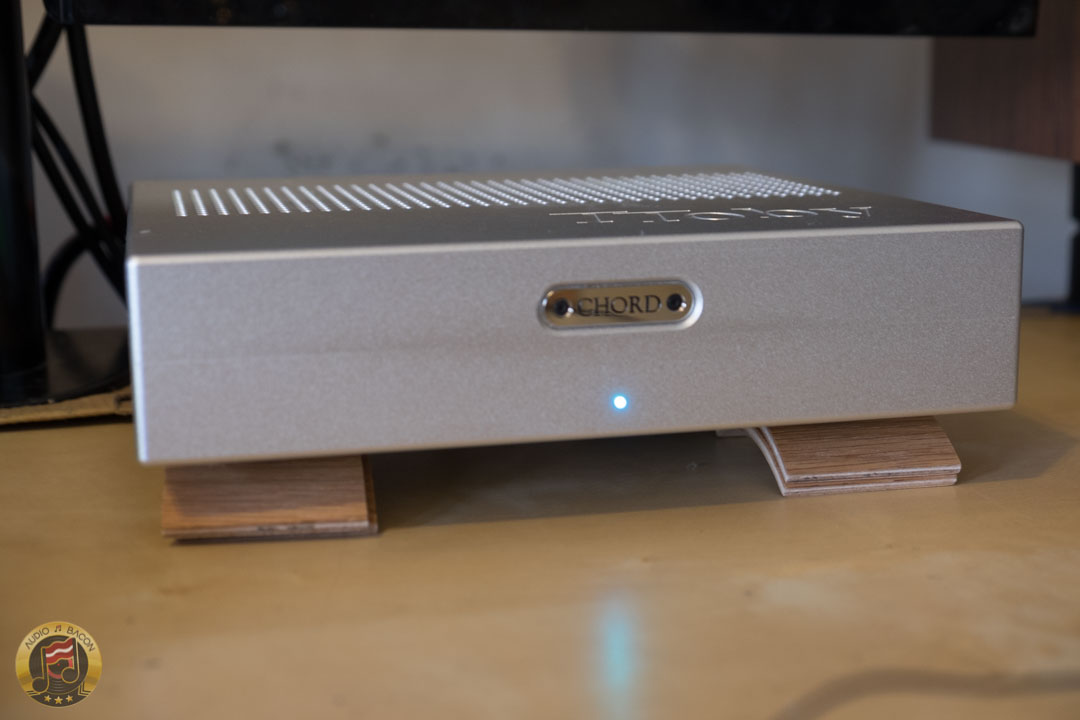
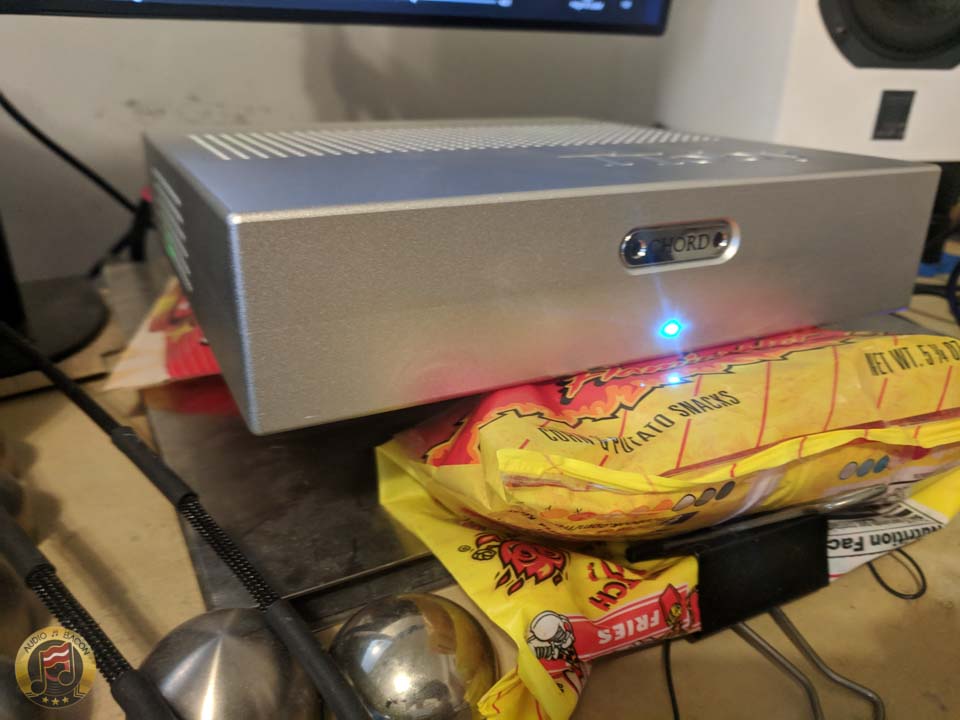
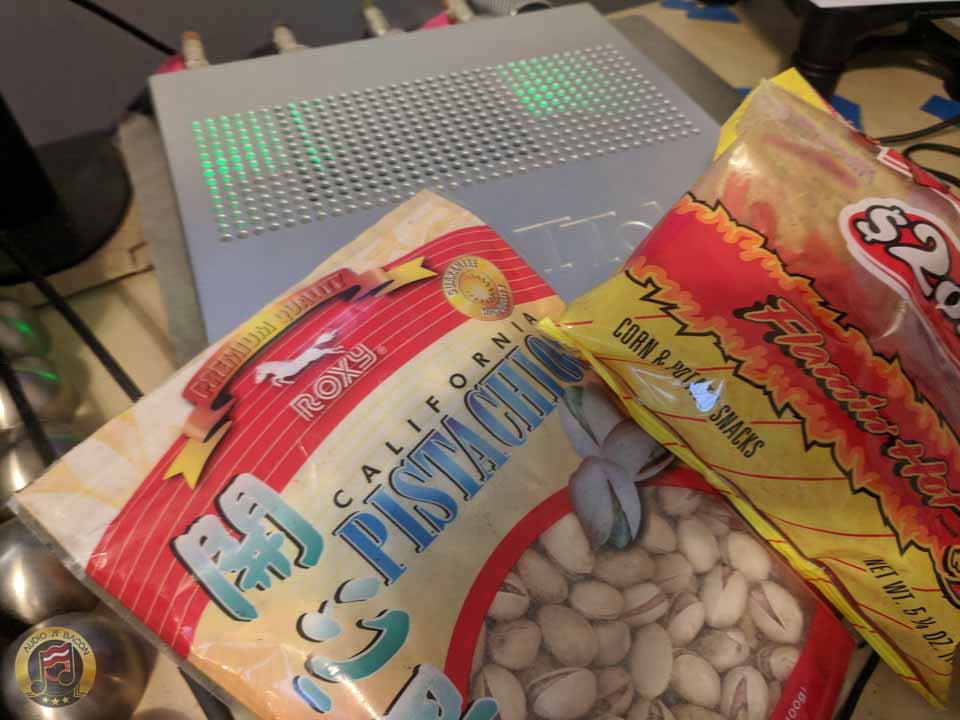



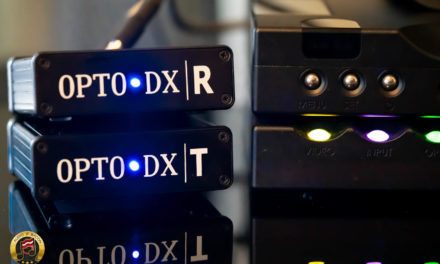
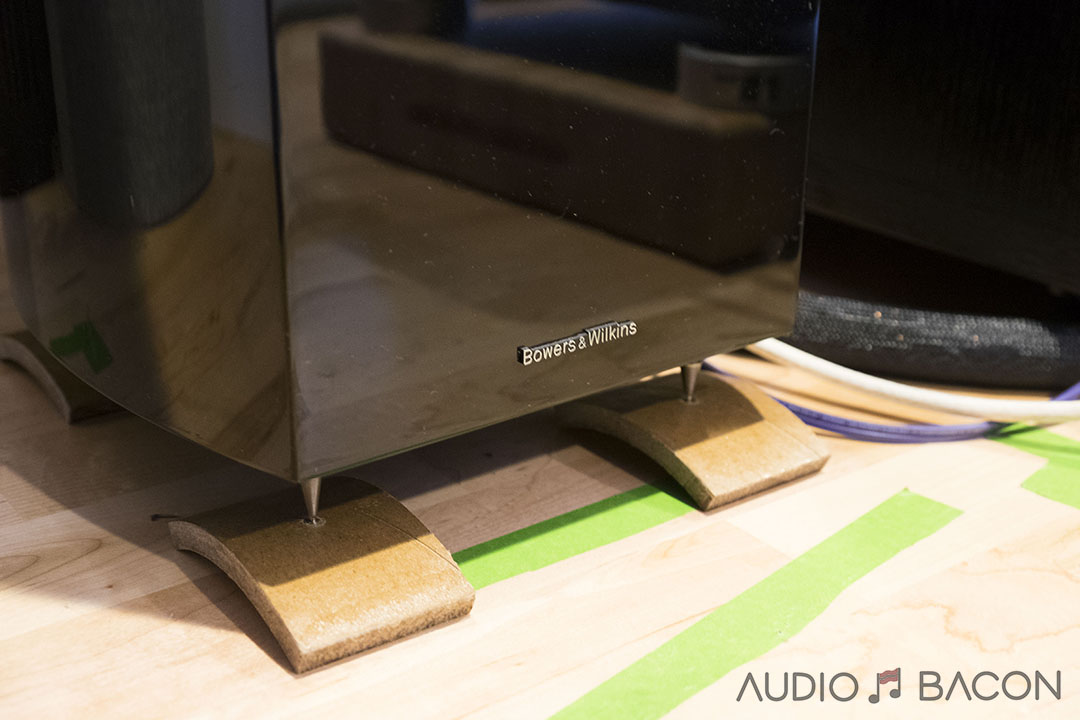
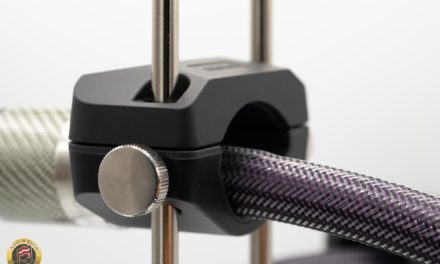
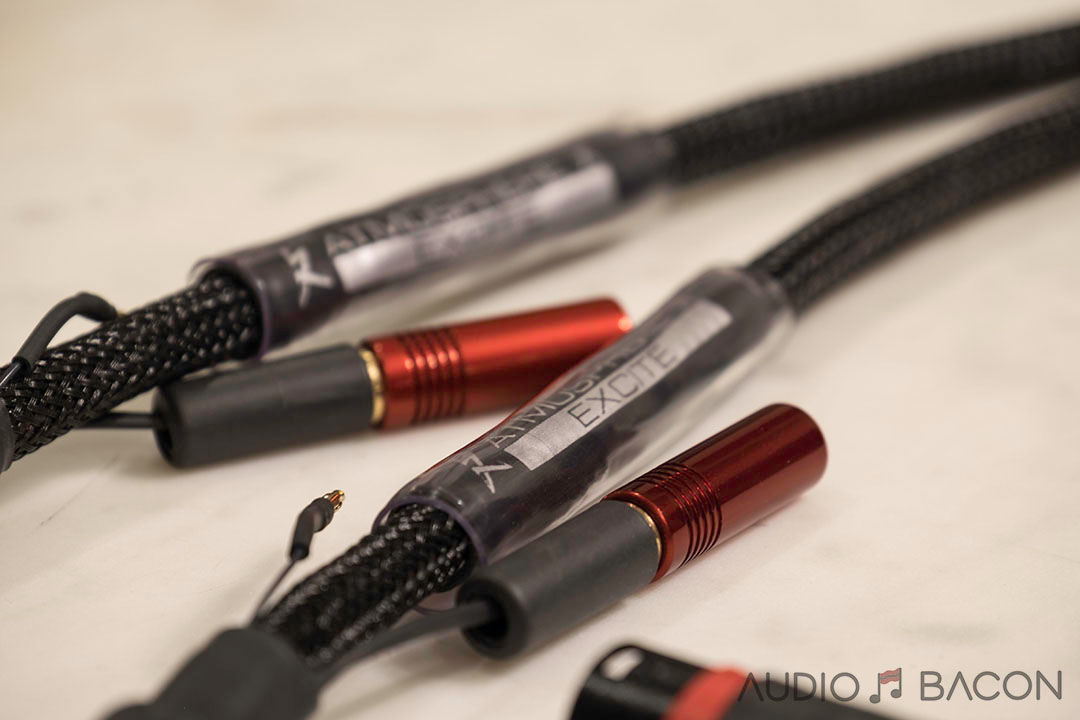

Here in the UK we call them crisps instead of chips and we have Bacon flavour Crisps. I really would have thought you might have tried those!
I like the sound of crisps 🙂 Although I prefer “candy” over “sweets” 😉
Thanks for posting this. I have two sets of the MiG footers and to be honest, I never read the instructions. I just put all of the footers pointing up. I also had things reversed in that I had 2 footers in front, 1 in the back of each unit.
After reading your article I played around and also ended up preferring two in the rear pointing down and one in front, pointing up. I had the same sonic impressions you had.
Thanks!
The SR MiGs seem to behave the same, regardless of component. Out of curiosity, which component were you using with the MiGs?
I use the MiG’s in my system at work, under a Job 225 amplifier, and a Schiit Bifrost Multibit.
In my home system, I use Stillpoints under everything except the amp, where I use Rollerblocks. I preferred the Stillpoints and Rollerblocks to the MiG’s when I compared them on the home system, so that is why the MiG’s are in my work setup instead of the main home setup.
Now that I know how to properly deploy the MiG’s (thanks to your article), I should probably compare again. The MiG’s provide a nice uptick once used properly.